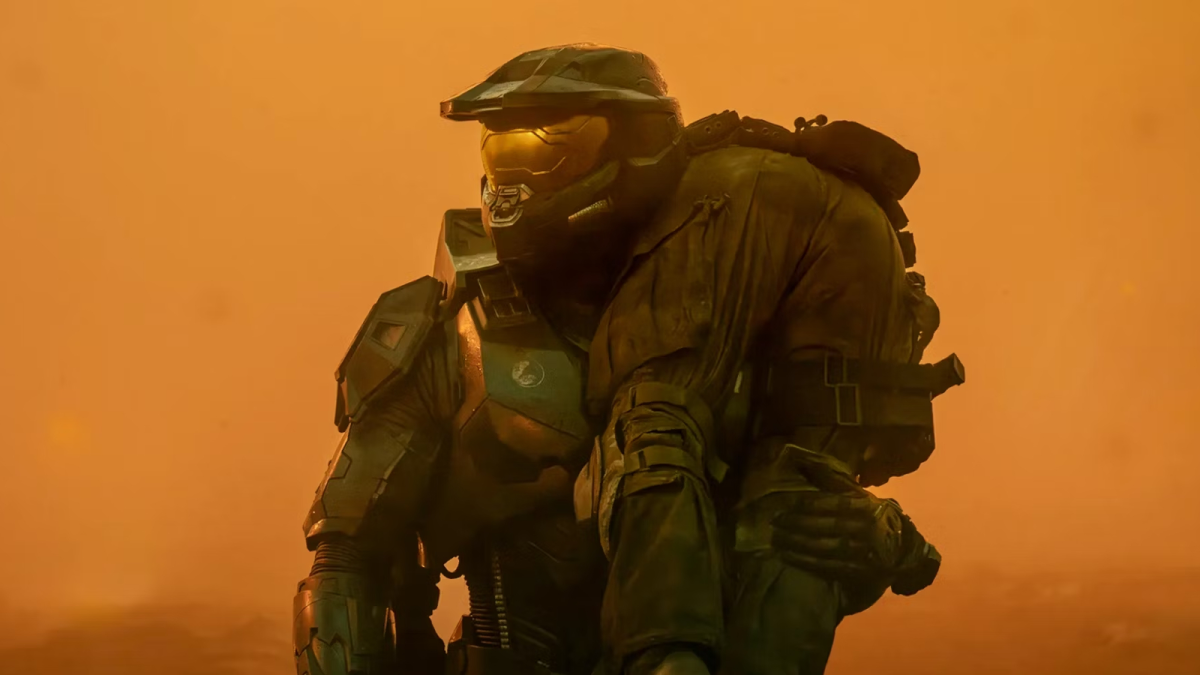Halo Season 2 is almost done and dusted, and many fans agree it’s a big improvement on Season 1. Yet Halo is still far from the smash-hit video game adaptation Paramount+ envisioned when it greenlit the series – and it’s all the Master Chief’s fault.
Related: Halo Season 2: What Is the Covenant’s Great Journey, Explained
On the face of it, this doesn’t make much sense. Not only is John-117/The Master Chief the Halo franchise’s protagonist, but he’s also one of the most iconic characters in pop culture history, period. What’s more, actor Pablo Schreiber’s portrayal of the Master Chief is typically cited as one of the Paramount+ show’s highlights, even by its detractors. How can the Master Chief be the problem here, then?
It’s simple: not only have we seen the Chief’s story told before, but as gamers, we helped tell it. Now, we’re being asked to sit back and let other folks take over – and it just feels wrong.
The Master Chief Isn’t Halo Season 2’s Only Problem
Admittedly, it’s not fair to lump all of Halo Season 1 and 2’s problems on the Master Chief. You could make a solid case that retelling John-117’s story would’ve proven far more satisfying if tackled a different way. Original showrunners Kyle Killen and Steven Kane, their successor, David Wiener, and the wider Halo creative team made a bunch of bold storytelling choices, some of which, frankly, fell flat. From emphasizing humanity’s internal squabbles over its fight against the Covenant to taking two whole seasons to really-for-real visit Halo itself, this isn’t exactly the strongest possible retelling of the Master Chief’s exploits.
Indeed, a version of Halo with the same core cast and a tighter, more streamlined narrative – stripped of extraneous subplots devoted to show-only characters – might’ve gone over far better with the show’s fanbase. Killen, Kane, and Wiener were also in the position to tidy up aspects of the Halo video games’ original narrative that left fans cold. If the Paramount+ series hadn’t spent so long setting the stage for a Halo: Combat Evolved live-action do-over, it could already been earning plaudits for smoothing out Halo 3‘s various narrative rough spots.
Related: Halo Season 2: Onyx, Explained
But would this have resulted in a markedly better reception for Halo overall? I’m not convinced it would. No matter how effectively the show reimagined the Master Chief’s story, ultimately, it was always going to be an exercise in transforming an active experience into a passive one. It shifts us from being the Chief to watching him. The knock-on effect is that when Halo Season 1 or 2 does a great job of capturing its source material’s spirit, it’s undercut by our lack of direct involvement. And when the series does go wildly off-piste, it’s twice as alienating, because we’re so intimately keyed into how Halo should feel.
For what it’s worth, this isn’t limited to games headlined by the Master Chief. Halo Season 2’s early episodes run back the basic plot of 2010 prequel title Halo: Reach, and even at their most effective, fail to connect on the same visceral level. Again, part of this is down to the creative decision-making involved. Reach arguably spun a better, more emotionally engaging yarn than Halo Season 2 Episodes 1-5. But it’s impossible to overstate how much of a difference there is between participating in the brave, hopeless defense of Reach and watching other people do it. How can the latter not fall flat by comparison?
The Many Benefits of a Master Chief-Free Halo Show
So, if the interactivity of the Halo games is what’s holding back the Paramount+ show most fall, what’s the solution? Unfortunately, it’s too late to implement now, however, the easy fix would’ve been to avoid directly adapting any of the Halo games – especially those headed up by the Master Chief. Sure, fans would’ve hated this approach initially, but let’s face it: they’re not exactly jazzed about the Chief-centric series they got, anyway.
Besides, once the initial negative buzz around the Master Chief’s absence fizzled out, there’s a decent chance the Halo faithful would’ve come around to the benefits of such a take. For starters, following an all-new Spartan hero would’ve meant worrying less about how faithfully the Paramount+ series adapted the games. It also would’ve given Halo‘s showrunners greater freedom to expand on established lore – presenting new characters, worlds, and events that made franchise devotees excited, not irritated at spending time away from the Chief.
Related: Halo Season 2: Why Does the Arbiter Brand Himself, Explained
But most importantly of all, Paramount+’s Halo crafting its own story would’ve suffered less from the interactivity deficit that’s unavoidable when adapting the Master Chief’s adventures. Sure, there’s always going to be a “This is cooler when I’m playing it” vibe to proceedings, but it’s less pronounced when the scenarios on screen aren’t ripped directly from the games. And hey, it’s not like the Master Chief couldn’t have made the odd cameo. There should always be room for a little crossover fun in such undertakings.
As I’ve already acknowledged: this is a Halo show we’ll never see. Not unless Paramount+ gives the thumbs-up to spinoff production along these lines (and there’s nothing to suggest that’s on the cards). So, until then, we’ll have to stick it out with Halo‘s revisionist spin on the Master Chief’s story or stop watching altogether – everything else (much like Schreiber’s Chief) is outside of our control.
Halo Season 2 is currently streaming on Paramount+.






Published: Mar 20, 2024 11:00 am